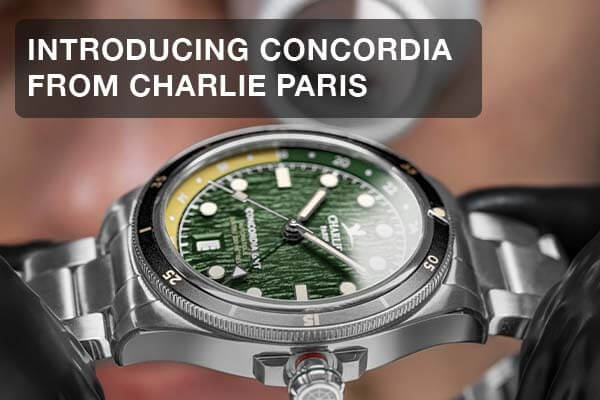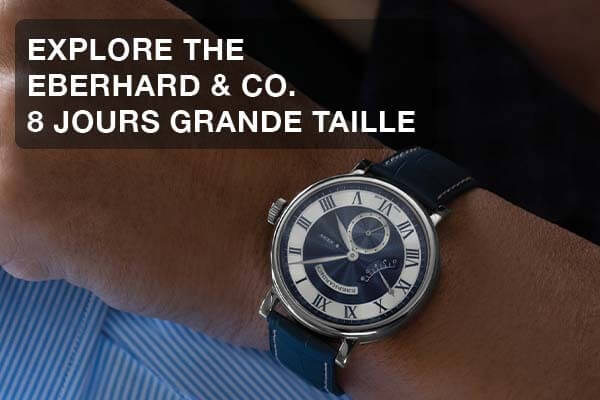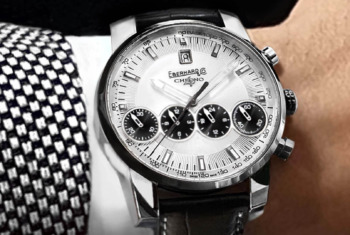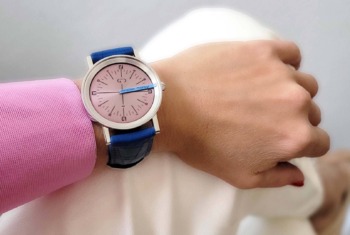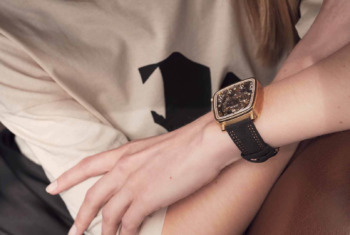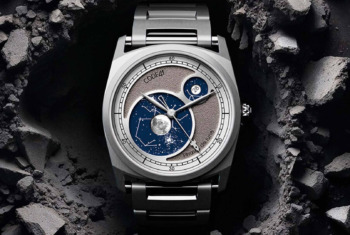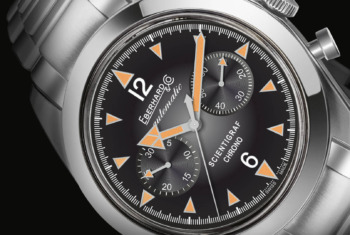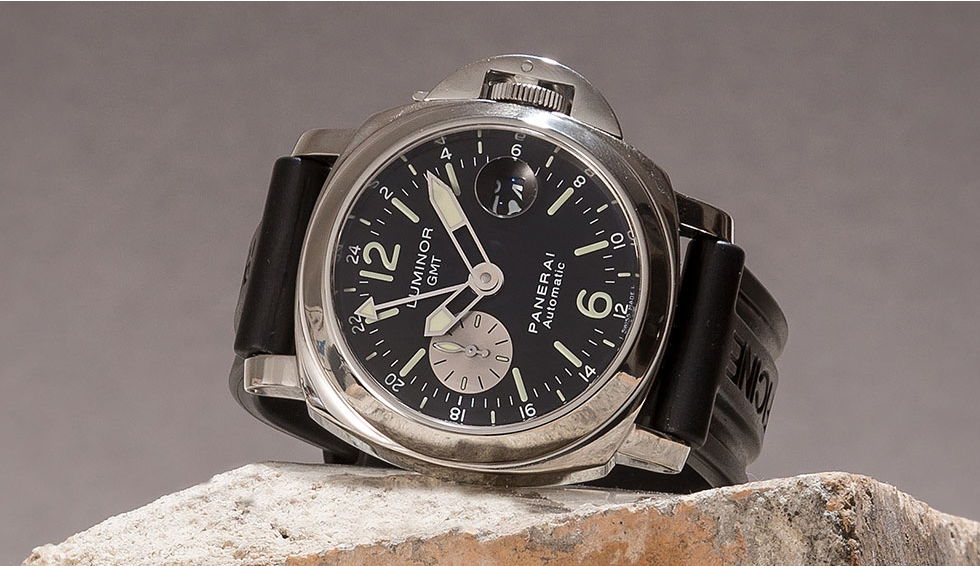
The style of an Officine Panerai watch is unmistakable. With one of the most recognizable silhouettes in luxury watches today, Panerai has enjoyed immense success over the last few decades with no signs of slowing down. Large masculine cases with clean lines and minimalistic dials are the fundamental aesthetic of Panerai that has garnered the company so much attention.
To the unknowing, one glance at the overall Panerai catalog might elicit a concern that all the models basically appear the same. However for fans of the brand, a.k.a Paneristis, nothing could be further from the truth. The small details that differ from model to model are what gets a Paneristi going and feeds their appetite to grow their Panerai collection. And for this reason, we delve into Panerai’s two main models—the Radiomir and the Luminor—and take a look at the models’ history, core design elements, and their similarities and differences. So if you’re in the market for a Panerai and are contemplating Radiomir vs. Luminor, here’s our breakdown of each model to hopefully help you make your decision.
History
Radiomir: The origins of Panerai began when Giovanni Panerai opened the doors to his watchmaker’s store in Florence, Italy in 1860. In addition to being a shop and workshop, Giovanni Panerai’s establishment was also Florence’s first watchmaking school. In the early 20th century, Officine Panerai was already a supplier to the Royal Italian Navy—an exclusive relationship that would span decades and be a great source of inspiration and innovation for the company.
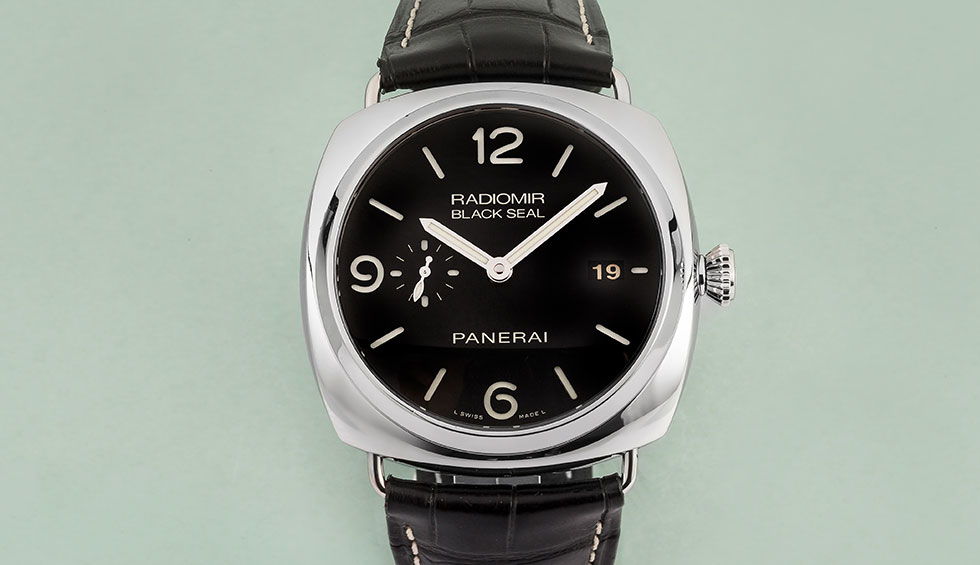
In 1916, Officine Panerai filed a patent for a substance dubbed “Radiomir”, a luminescent material based on radium. Twenty years later, Panerai manufactured ten prototypes for the divers of the Royal Italian Navy – a model that would later be known as Radiomir, named after the patented material invented by Panerai. The prototype established the design hallmarks that made the Radiomir watch so famous, with many still in use today: a large cushion-shaped case, a luminescent dial, wire lugs, waterproof straps that could be worn over a diving suit, and a manual-wound mechanical movement (produced by Rolex). The Radiomir prototypes sported 47mm cases, which was immense during its era and it’s still considered a very large size today. In 1938, two years after the prototypes, Officine Panerai began the production of the Radiomir model. Because the Panerai Radiomir was a tool watch made specifically for the Italian Navy’s frogmen, how the model performed underwater was crucial. For instance, the oversized numerals at 3, 6, 9, and 12 o’clock coupled with large stick indexes provided optimal legibility.
___
Luminor: Since the Radiomir paint was based on radioactive radium, it’s been said that some of the frogmen actually got sick from their dive watches. In 1949, Panerai patents yet another luminescent material called “Luminor” but this time it’s based on tritium. As with the Radiomir, Panerai launches a watch named after the novel substance and the Luminor model, which replaces the Radiomir, is born in 1950. The Luminor differs from the preceding Radiomir by three main characteristics: the crown protecting bridge, the lugs constructed the same block of steel as the case rather than being welded on after the fact, and the flatter and wider bezel.

Fast forward to 1993 and Panerai, for the very first time, releases models to the public. Remember, prior to then, the company was solely making military instruments not available to the general public. The popularity of Panerai grabbed the attention of the Vendôme Group (known as Richemont Group today), who purchased the brand in 1997. More models were introduced and a few years later, in 2002, the Panerai Manufacture opens in Neuchâtel, Switzerland illustrating the brand’s commitment to producing the very best watches.
Design Traits Today
Radiomir: Today, Officine Panerai’s collection is essentially divided between the Radiomir and Luminor lines. Additionally, each line also has vintage-inspired collections labeled the Radiomir 1940 and the Luminor 1950 after the earliest models in the brand’s archives. When looking at the Radiomir range today, there are a few central design features that appear on all of them. The large cushion-shaped case that commonly ranges from 42mm to 47mm is always equipped with an unprotected winding crown and wire lugs.

They typically have dark dials with large Arabic numerals at 3, 6, 9, and 12 o’clock flanked by stick indexes for the remaining hours. Of course, there are some exceptions such as the California and S.L.C. dials. Case materials range from stainless steel to titanium to ceramic to precious gold while functions run the gamut from time-only to GMT and date. In general, the Radiomir is considered the dressier and more elegant model between the two choices.
___
Luminor: On the other hand, the Panerai Luminor is normally what one thinks of when visualizing a Panerai wristwatch. This model is characterized by its exaggerated crown guard. Trademarked as a “device protecting the crown”, it’s a bridge-like mechanism that can be opened or closed via a lever. Opening it allows the wearer to adjust the winding crown while closing it renders the watch watertight and able to dive down to the deep. Another different design element found on the Luminor is the shape of the lugs, which are much thicker than the wire lugs of the Radiomir. The watchcase of the Luminor that frames the bezel is also more rounded and restrained than that on the Radiomir. Dial designs on the Luminor are almost identical to the Radiomir ones, as are the range of materials and functions.

The Radiomir or the Luminor
In terms of size, there are some slight differences between the two models. Both the Radiomir and the Luminor offer different sizes but the base models (those versions that only include hour and minute hands) for the Radiomir start at 45mm whereas the Luminor base models start at 44mm. However, due to the Luminor’s large crown guard, the size differences of the base models are not detectable at a general glance.

Also, it’s worth noting that due to the shape of its lugs, it’s much more difficult to change the straps on a Radiomir than on a Luminor. So if the freedom to change straps regularly is a priority for you, then the Luminor would be the better option.
Regarding pricing, the Radiomir and the Luminor are very similar too. If we take comparable models such as the steel Radiomir Base 8 Days PAM00610 and the steel Luminor Base 8 Days PAM00560—which are both powered by the manual-wound P.5000 Caliber—we see that they only have a price difference of €300. The Radiomir PAM00610 retails for €5,600 and the Luminor PAM00560 retails for €5,900. In terms of a starter Panerai, these two models—whether you prefer a Radiomir or a Luminor—are fantastic choices with their characteristic Panerai aesthetic, and a great inhouse movement with eight days of power reserve.
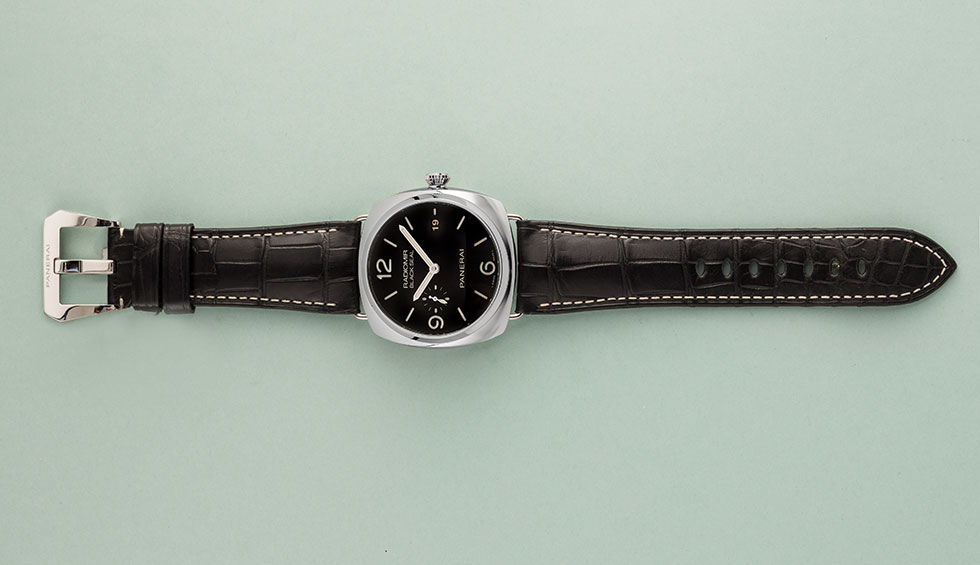
While both the Radiomir and the Luminor began as diving watches, today, the Luminor is built to withstand more water resistance than the Radiomir—300 meters compared to 100 meters, respectively. Overall, the Luminor is viewed as the more rugged and sportier brother to the more sophisticated Radiomir.
So to conclude the Radiomir vs. Luminor debate, if you’re looking for the quintessential robust Panerai then the Luminor would be a better bet. That’s the watch that loudly and proudly declares its Panerai pedigree. Conversely, if you lean towards a more restrained and graceful aesthetic, then the Radiomir would be more suitable for you. Regardless of which model you do decide upon, Panerai watches offer some of the best contemporary men’s luxury watches with an added benefit of an intriguing history.
ABOUT THE AUTHOR

Celine Simon
Celine is a freelance luxury watch writer who’s been working in the horology industry for over a decade. Like many of the fine timepieces she writes about, she hails from the Jura region of Switzerland — the heart of Swiss watchmaking. After extensive traveling, she now calls sunny Southern California home.


